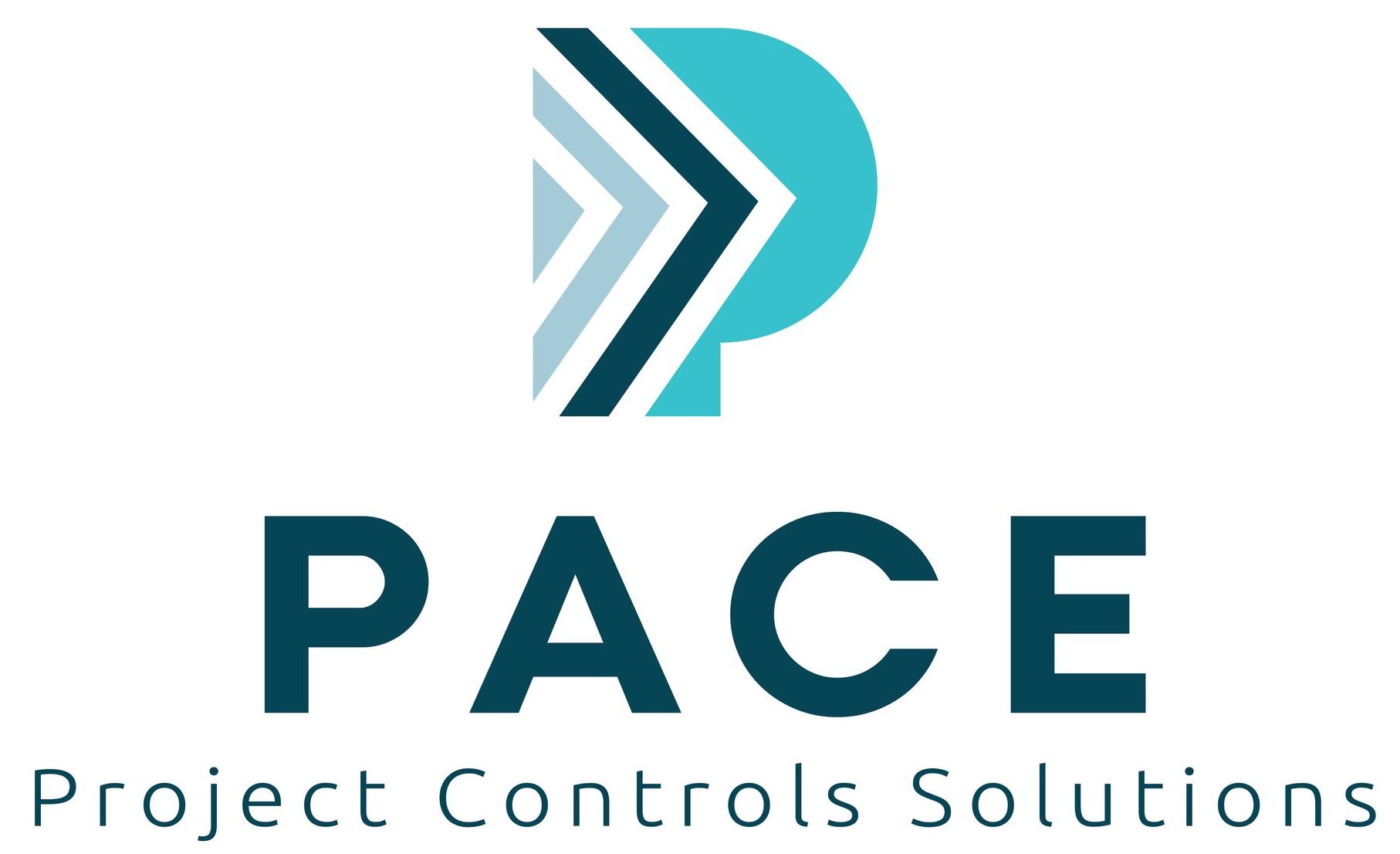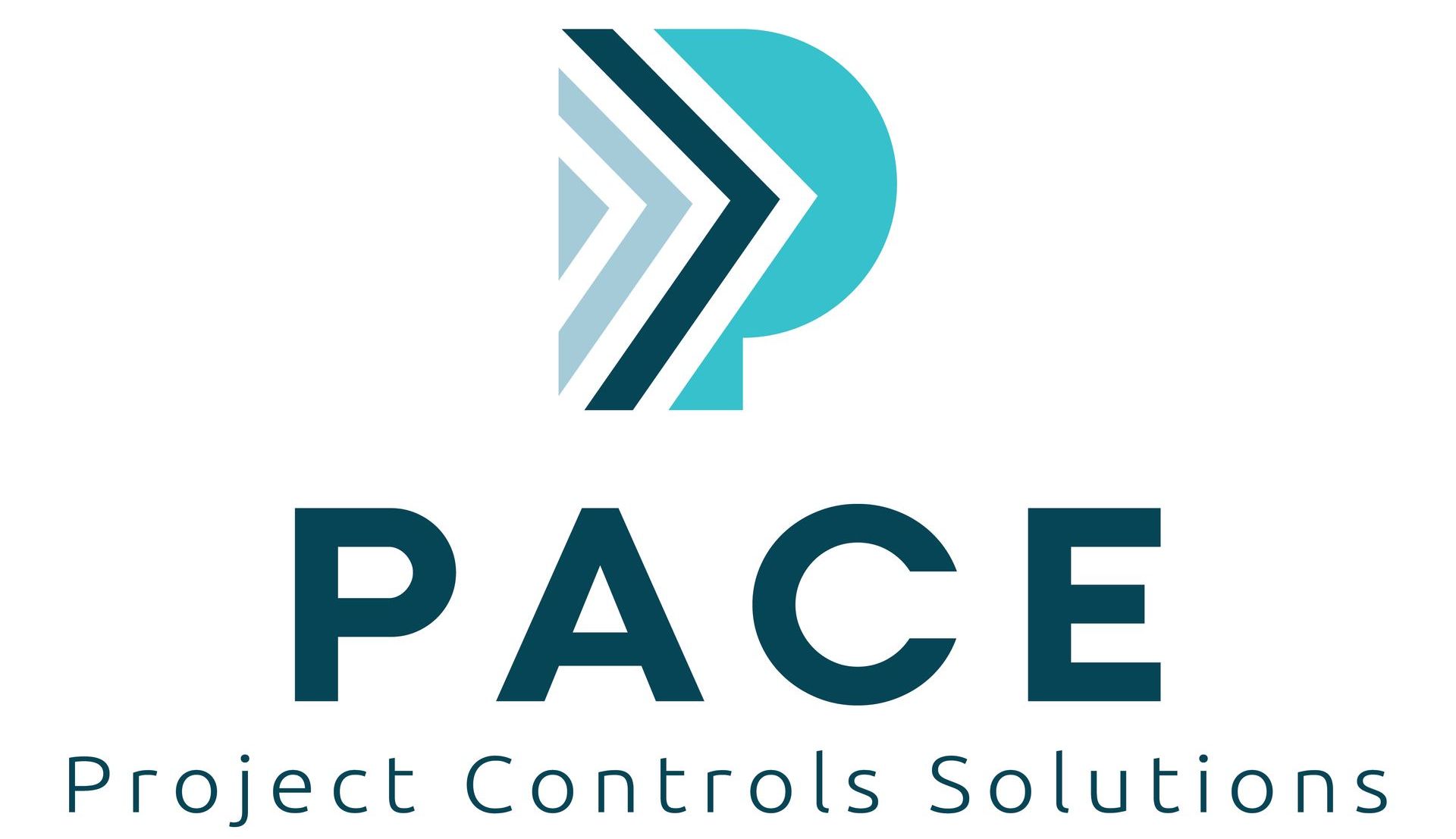Blog#21: Laissez-Faire Leadership affects project performance
Have you ever had a leader or manager who didn’t really have an opinion, rarely added to the discussion of strategy and vision and usually left it up to the group to decide? Did you think this was is an effective style? what would you have done differently? How would this style affect teams and project performance?

Laissez-Faire (french) simple translation in English means ‘let it be’. According to online.stu.edu – Laissez-faire leadership is the direct opposite of autocratic leadership. Instead of a single leader making all decisions for an organisation, group or team, laissez-faire leaders make few decisions and allow their staff to choose appropriate workplace solutions
It’s a style of leadership that is hands-off and without direction. However, despite its uses in more senior roles and certainly in some situations, on the whole, it is problematic for projects and project teams to have leadership with such a laid back style. Why? Well, the simplest answer lies in the way we deliver projects. Projects are task and goal-oriented endeavours, in other words, there is a clear outcome for the project, whether it be to build a bridge, design a plane or develop a new social app.

The project is born out of necessity (mostly) and requires tasks that lead to that successful outcome to be complete, to refresh infrastructure, align with regulatory or compliance requirements, support organisational change, introduce new products or services, develop new infrastructure and grow revenue. The task needs allocation, direction and this all happens in the execution phase. So what, surely if you hire the right people things will get done. You’re absolutely right, but the time and value in which it takes a team may differ.

Teams to me are like plants. They need watering, feeding and sunlight to grow to their full potential. Without nurturing and direction from the leaders, teams will suffer and often ‘lose their way’. There must be a guiding light to unify teams, objectives and be part of the conversation actively challenging and pushing the premise and boundaries of the group thinking. There are a number of ways in which leadership has improved projects, but most importantly is the keep the team aligned. An eye on the prize, whilst understanding the group and individual nuances, motivations, values and objectives to get the job done right. So how does this ‘let it be’ approach affect projects. It does this in a subtle way.
At first, it’s not noticeable, at first the teams will often self assemble, democratic styles usually prevail in group dynamics, followed by hard work (often by a few of the team) to meet the deadline and achieve objectives. If the leadership style continues, it could lead to attrition (churn) of talent, destructive discord in the group or team and ultimately affect productivity and wellbeing. People are not robots, so this set and forget mentality must change in order to change the results of project teams. Yet I still see this type of approach on projects and thus I don’t believe it’s just the responsibility of the leaders, but the company as a whole. This usually refers back to the culture and how we take responsibility for projects. How do we provide employees with insights into the ‘why’, make them a part of the decisions process, or approach with a clear and firm direction in the face of uncertainty and disaster? The simple answer is awareness.

We must first educate leaders and managers and staff on the ways in which leadership styles are applied and the impact it has on project performance. It’s not clear exactly what drives this behaviour, and I presume its a number of things, but culture and leadership training must be something that introduces perspective and meaning to the role if they and the projects are to succeed.
According to the AIPM and KPMG survey (2018) for Australia says that only 23 percent of organisations frequently deliver projects that could be considered fully successful (i.e., on-time, on-budget, high stakeholder satisfaction and original goal/business intent met). That means 77% are unsuccessful, which suggests there is something not right with how we lead projects.

There is further evidence to be gathered on effective leadership but my general view is that more democratic or autocratic style will swiftly improve the effectiveness of project outcomes. Why? Again, its to do with the methods in which we deliver projects. Action and task-oriented work, that has time, cost and scope constraints and variables that must be integrated into the delivery program. To take a Laissez-Faire approach means to not provide guidance, as somehow if we were sailing a ship, we would let the current direct us to our destination rather than steer and hope for the best.
So what can we do about it? here are my three tips to avoiding a situation with a Laissez-Faire leader or leadership group.
- Have the conversation – There is nothing stopping anyone having a frank and honest discussion about the best leadership styles for the situation and projects. raise the points that it is affecting the team and articulate why and what you think needs to be done (if you know).
- Develop a leadership pipeline. Develop people to understand how behaviours impact culture and culture impacts project success. We seldom talk about empathy, moral duties and positive leadership on projects, but we must if we plan to improve our odds of project success.
- Reflect – look for ways to measure the good, the bad and adjust. Look for ways to improve communication and work on your own styles and seek out constructive feedback, whether through a third-party organisation, team survey or other feedback mechanisms. Feedback is the most useful loop to help people adjust, especially on projects that demand so much from teams, it’s important to build ‘trust’ with your leaders and teams so that you can express vulnerability, areas for improvement and work together on a style that suits your team relations, project requirements, and business requirements.
Explore
Quick Links
Join Us
Join Us
Thank you for subscribing.
We will keep you up to date with latest news and updates from Pace Global.
You can unsubscribe at any time via email to info@paceglobal.org or from our emails directly.
Please try again later.
Join Us
We will get back to you as soon as possible.
Please try again later.
© 2024 All Rights Reserved | Privacy Policy
Powered with
by Shazamme.com
Powered with
by Shazamme.com

